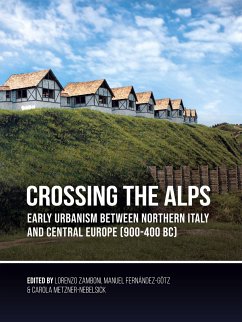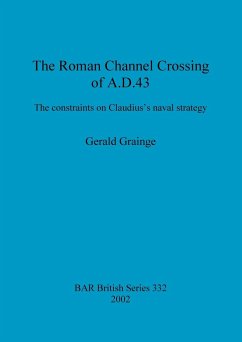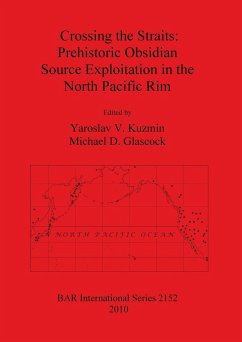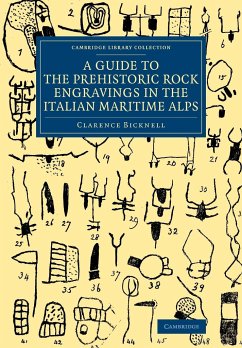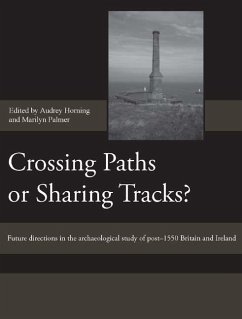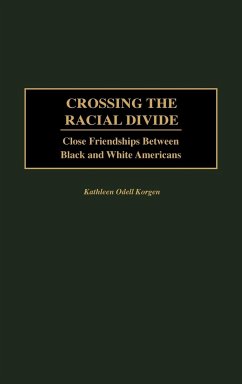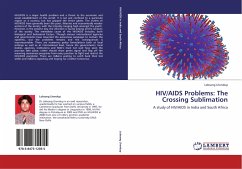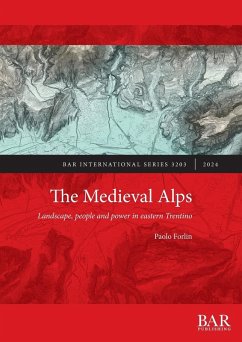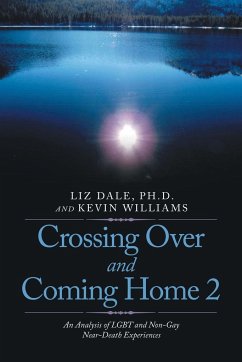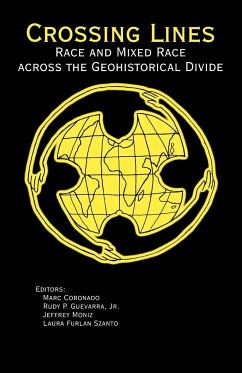
Crossing the Alps
Versandkostenfrei!
Versandfertig in 1-2 Wochen
63,99 €
inkl. MwSt.

PAYBACK Punkte
32 °P sammeln!
This volume offers the first comprehensive overview of the urbanisation processes that took place south and north of the Alps during the early first millennium BC, highlighting the interactions between the different geographical areas.The 26 chapters included in this book provide a combination of theoretical and methodological insights into urbanisation processes, regional overviews, and up-to-date evidence from key archaeological sites. The latter comprise both well-established names such as the Heuneburg, Vix-Mont Lassois, Verucchio, Marzabotto, and Spina, as well as other sites that are les...
This volume offers the first comprehensive overview of the urbanisation processes that took place south and north of the Alps during the early first millennium BC, highlighting the interactions between the different geographical areas.The 26 chapters included in this book provide a combination of theoretical and methodological insights into urbanisation processes, regional overviews, and up-to-date evidence from key archaeological sites. The latter comprise both well-established names such as the Heuneburg, Vix-Mont Lassois, Verucchio, Marzabotto, and Spina, as well as other sites that are less well-known but equally relevant for the understanding of centralisation processes during the Iron Age.In particular, this volume brings together, for the first time, the rich archaeological evidence for urban and proto-urban sites in northern Italy, a region that has traditionally been neglected or underestimated in accounts on Iron Age urbanisation. Thus, the book transcends previous barriers in scholarship and helps to readdress one of the most attractive topics of current archaeological research: the multiple and nonlinear pathways towards urbanisation.ContentsPART 1 - URBAN ORIGINS AND TRAJECTORIES ACROSS THE ALPSPART 2 - EARLY URBANISATION PROCESSES IN NORTHERN ITALYPART 3 - EARLY URBANISATION PROCESSES IN CENTRAL EUROPEPART 4 - CONCLUDING THOUGHTS AND COMPARATIVE PERSPECTIVES



